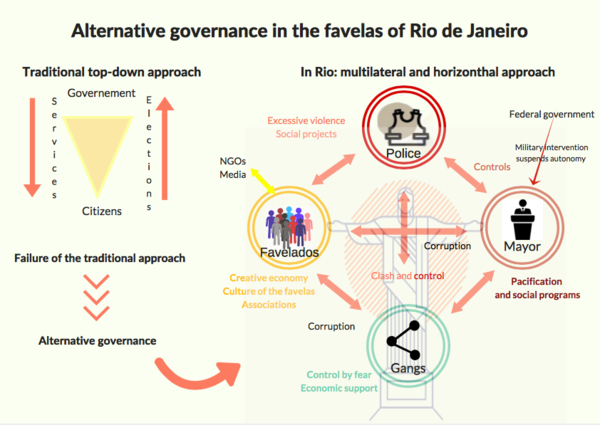Biological & Life Science
Manuscript Writing
- Gender Equality of Women in Sport
- Overview of Media and Technology in Society
- Impact of Literacy on Student Readiness in Mathematical Concepts
- Challenges in Development of Vaccine for HIV/AIDS
- Urban Geography and Governance in Rio de Janeiro
- Climate change impacts on marine ecosystems
- Current Practice in the Juvenile Justice System
- Importance of Manipulative in Teaching Elementary Mathematics
- A Case Study on Linguistic Complexity Analysis
Urban Geography and Governance in Rio de Janeiro
Urban and multilevel governance in Brazil is shaped by its constitutional structure combining federalism with a presidential and multiparty system. The 27 federal states and 5,570 municipalities mirror the federal level’s constitutional structure in the sense that the heads of government, governors and mayors are elected by popular vote for a 4-year term, renewable only once. However, the electoral system for the legislative bodies Congresso Nacional, Assembléia Legislativa, and Câmara Municipal leads to the representation of a high number of parties in these bodies. This holds for the federal level, the state, and the municipal level. Though somewhat “flexible” ideologies of smaller parties in particular allow for coalition building, this usually requires the distribution of positions within government ministries and agencies to political allies. The games of coalition management are to some extent replicated at the municipal level, especially in larger cities.

Fig.1. Urban Governance in Rio De Janeiro
Party politics in Rio are shaped similar to those at the federal level; that is, by the need of the political leader to play the coalition management game. The Câmara Municipal has 51 city representatives from 18 different political parties; a simple majority is required to approve and change most laws, and special laws and changes to the organic law require the vote of two thirds of all Vereadores. The leadership of the city administration is geographically distributed among eight sub-mayors, who are directly appointed by the mayor and who enjoy only limited administrative autonomy in the running of the four administrative districts of the city. Due to their differences in size and population, some areas have more than one sub-mayor. In the 1980s, the city government divided the city into five planning areas, which were further subdivided into 33 administrative regions and 160 neighborhoods. However, those planning areas do not match the areas managed by sub-mayors.
